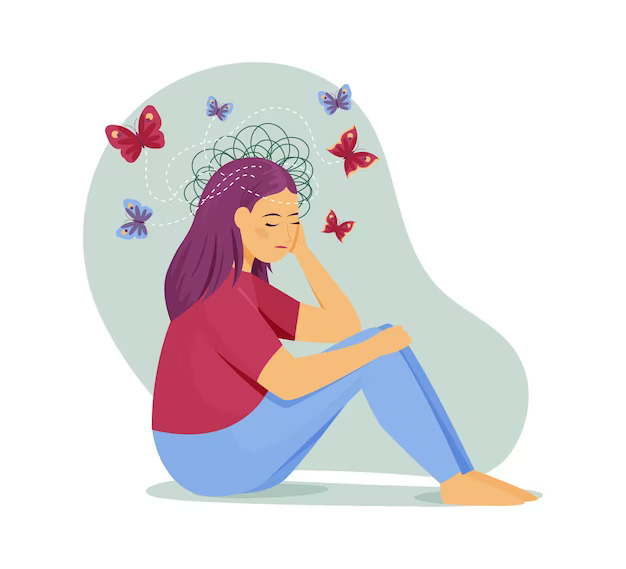
Understanding your child’s behaviour might be one of the trickiest and most challenging things you ever have to do as a parent, especially when it comes to ADD and ADHD.
The majority of people probably picture a child with ADHD as someone who is continually “bouncing off the walls” and causes chaos in the classroom through impromptu interruptions.
Children who have these diseases, however, don’t always display the same symptoms; in fact, ADD and ADHD symptoms cover a wide spectrum, and they frequently appear differently in boys and girls.
To inform about these variations so that they can better understand what is causing their child’s behavioural and/or task completion issues.
Symptoms in Girls
- absence of meticulous attention to detail
- making casual errors when performing things like homework
- difficulty maintaining attention for prolonged durations during tasks or activities like lectures, talks, or reading
- not listening well or “zoning out” when talked to
- not doing as instructed and not finishing (or starting but losing focus on) things like schoolwork, chores, or job responsibilities
- Organizational problems, including ineffective time management, dirty homes and offices, disorganised work (like homework), missing deadlines, etc.
- task avoidance or dislike of persistent mental exertion
- forgetting to complete routine duties such as chores, or in teens and adults, running errands, answering calls, paying bills, and maintaining appointments
Symptoms in Boys
- Always “on the go,” as though propelled by a motor
- talking too much
- rushing through comments before a question is fully answered, completing others’ words, and having trouble waiting their turn in dialogues
- having trouble waiting their turn, say, in a line
- taking over what other people are doing, interrupting or intruding during talks, games, or other activities, utilising another person’s property without their consent, etc.
- moving their hands or feet or shifting in their seat while fidgeting
- having trouble remaining sat when required, such in a classroom
- circling or climbing in the wrong places or while it’s not appropriate
- inability to play or perform peaceful activities
ADHD girl’s vs boys
Boys with ADHD tend to have symptoms and behaviours that are more obvious because they are more disruptive. This perpetuates the notion that a child with ADHD is a male who “acts up” in class and is constantly on the run, in addition to having the “squeaky wheel” effect.
It might not be as clear that ladies with ADHD are having difficulties because they tend to be less disruptive. Daydreaming won’t cause red flags that are hard to detect or ignore, such repeated interruptions or a lack of ability to maintain eye contact, to go up.
Although boys are diagnosed with ADHD around three times as frequently as girls are, the ratio of male to female adults is more like one to one.
Life changes in just 10 minutes a day.
- Inattentive symptoms are more common in girls, whereas impulsive and hyperactive symptoms are more prevalent in boys.
- Girls frequently learn coping mechanisms and compensating adaptive actions that cover up their problems.
- Boys typically present more overtly, whilst girls frequently present more inside.
- Girls with ADHD are frequently given the wrong diagnosis, such as sadness or anxiety, or the ADHD is overlooked when a concomitant illness is present.
- When girls are adolescents and young women as opposed to children, inattentive symptoms are more noticeable.
Delayed diagnosis
Girls who receive a delayed or missed diagnosis of ADHD with little help usually endure feelings of failure, isolation, and inadequacy, which they frequently mistake for personality faults rather than ADHD. This raises the possibility of getting comorbid conditions
- Depression
- Anxiety
- sleep problems
- disorders of eating
- the disordered use of drugs
- a low sense of self
When doctors understand more about ADHD in general and how it manifests in females, they increasingly diagnose many women with the condition as adults. When examining common characteristics of women with ADHD, some people describe it as a “light bulb moment” or as if they are crossing items off a list.
Even if ADHD wasn’t recognised at the time, most women who receive an adult ADHD diagnosis can recall childhood experiences and behaviours that demonstrate the disorder.
If you are looking for an “Online Counsellor” contact TalktoAngel, a platform that connects the best online therapists with Online Counselling in India.






